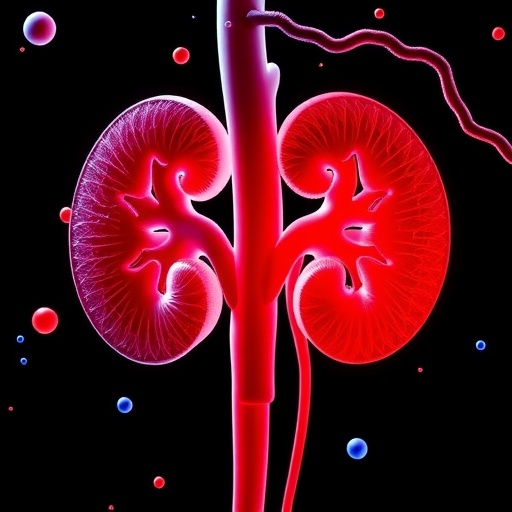Drug shortages and price hikes have become a critical issue in the health care industry. A recent example of this occurred when a shortage of intravenous fluids and injectable opioids ensued due to manufacturing delays in the areas affected by Hurricane Maria. Another was when a drug used for toxoplasmosis, a parasite infection, had a 5,000 percent surge in price after it was acquired by a new pharmaceutical company.
To address the effects of availability and affordability on the quality and safety of health care, physicians at Brigham and Women's Hospital published a new article in the Journal of General Internal Medicine to highlight the issues and recommend potential solutions. By understanding the underlying causes, the incentives, regulations and new drug developments that the authors recommend could help to enhance competition and provide patients with reliable access to vital drugs.
For some generic drugs, the investigators state that the lack of competition stems from small market sizes, difficult regulatory requirements, and possibly unfair drug manufacturing practices. "Healthy and appropriately regulated competition protects against predatory behaviors, such as companies taking advantage of monopolies to drastically raise drug prices." said first author Karthik Sivashanker, MD, who is a psychiatrist and fellow in patient safety and quality at Brigham and Women's Hospital. "It also ensures an adequate supply of medications by promoting manufacturing redundancy."
Additionally, regulations have also played a nuanced role in influencing competition in the generic drug market. "On one hand, excessive regulation may discourage companies from entering a small generic drug market; while on the other, a general lack of oversight may open the door for price hikes and market manipulation," said Sivashanker.
Concrete solutions are necessary, and the authors insist that the problems need to be addressed collectively. Some of their suggested solutions include:
- Increasing incentives and modifying regulations to improve competition. Financial incentives should be considered in order to entice new companies to enter a small market, as should reduced regulatory barriers to avoid deterring new competitors. Increasing competition in this way spreads out drug manufacturing, which adds redundancy and protects against price hikes. Reasonable drug price controls may also act as a safety net for when normal market mechanisms fail and may help curb the out-of-control rate increases in health care costs. It also aligns the United States with other industrialized countries successfully using price control strategies.
- Redirect overinvestment in new drug development to the generic drug market to foster competition. The race to develop new, but rarely superior, drugs ultimately draws resources away from the high-value generic drug market. Three general strategies to address this problem include: dis-incentivizing overuse of high-cost, low-value brand drugs; incentivizing the use of low-cost, high-value generic drugs (reducing co-payments); and/or ensuring access to rare high-cost, high-value breakthrough drugs that do not have a generic peer.
- Pivot from short-term survival mode to long-term organized response. Responses to crises tend to be short-term solutions and sometimes exacerbate a problem – like when hospitals build up reserves during a shortage. A shift must be made away from survival mode and be centered around a long-term response with sustainable solutions for patients.
- Activate patients by talking about the big issue, rather than the situation. As trusted members of the community, health care employees have an obligation to educate patients on issues relevant to their health. Many organizations have developed and communicated clinical action plans to patients in response to drug price hikes and shortages, but more can be done by educating patients about the root causes, rather than the symptoms.
- Think outside the box. More novel approaches are being considered. Health care organizations are forming not-for-profit generic drug companies to help with price competition. The authors advise that these experiments should be closely watched in order to see what lessons can be learned and if the same method can be brought to other organizations.
###
Media Contact
Johanna Younghans
[email protected]
617-525-6373
@BrighamWomens
http://www.brighamandwomens.org
http://dx.doi.org/10.1007/s11606-018-4548-x




